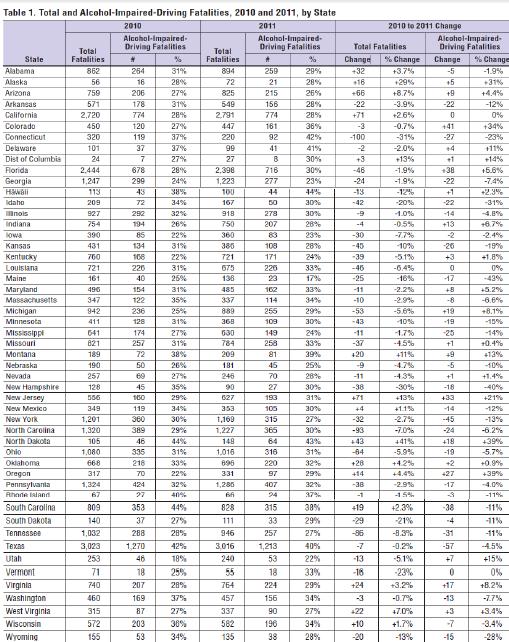Car Insurance Claims Paid Faster Than Before

Not quite as fast as a speeding bullet, but now claims paid faster than before.
Despite all the complaints, car insurance companies seem to be getting claims paid faster.
The results of the J.D. Power’s claim satisfaction survey (which includes how fast companies get claims paid) for the 4th quarter of 2012 are in. And from the results people are apparently still pretty happy with the claims process of the insurance companies they are dealing with.
Back in August we shared the results from the 3rd quarter of 2012 that showed a nice increase in satisfaction with the claims process as compared to the same quarter in 2011. The 2012 fourth quarter survey results turned out even better than both 2011’s fourth quarter and 2012’s 3rd quarter.
Overall Insurance Claims Satisfaction
Claimant satisfaction with the claims process was up to 861 out of 1000 for the fourth quarter of 2012. This is an increase of 6 points from the same quarter in 2011. What was even more impressive was that this satisfaction rating was 57 points higher than the increase in claims satisfaction that was reported in the third quarter of 2012.
How Much Faster Were Claims Paid?
Per survey results, claimants were getting paid in 13.9 days on average. In the fourth quarter of 2011, it was taking an average of 16.4 days for claimants to get paid.
Broken down, the results for claimants being paid for vehicles that were repaired was down to 11.8 days, compared to 13.1 days in 2011. Total loss claims were paid in 18.5 days in the fourth quarter of 2012, in the fourth quarter of 2011 it was taking insurance companies 23.6 days to pay the same type of claim.
Not Every Part of the Insurance Claims Process Has Improved
While insurance companies have stepped it up and are getting claims paid faster than before, the shops doing the repairs haven’t done the same. People that took the survey reported lower satisfaction scores because of having to bring their vehicle back in to the shops again due to the vehicle not being repaired right the first time.
On average the survey also reported that it was taking 16 days to get a vehicle back from a non-direct repair shop as compared to the 13.1 days it took for a direct repair shop. This gap in the number of days makes a difference since not everyone can get their vehicles in to a direct repair shop.
The NItty Gritty Details of the Insurance Claim Survey
“The 2013 U.S. Auto Claims Satisfaction Study–Wave 1 is based on responses from more than 3,000 auto insurance customers who settled a claim within the past 6 months. The study excludes claimants whose vehicle incurred only glass/windshield damage or was stolen, or who only filed roadside assistance claims. Survey data for Wave 1 of the study was gathered in December 2012.” (jdpower.com)




